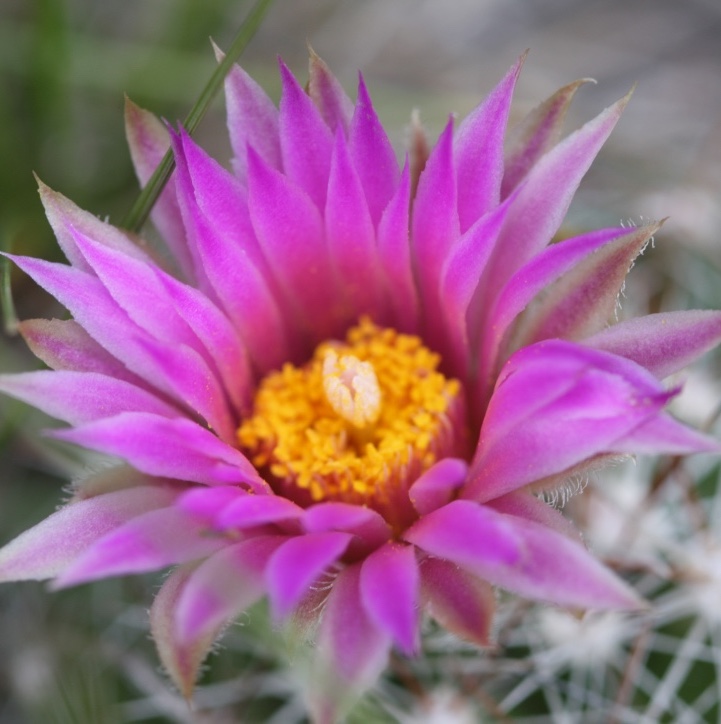The Boreal Ecoregion
To the north of the parkland ecoregion is the boreal forest, the largest natural region in Alberta. This area covers over half of the northern part of the province, and forms a wedge between the aspen parkland to the east and the Rocky Mountains to the west. This ecoregion is also the largest in Canada, stretching from British Columbia to Newfoundland. Summers are cool to the northern areas, and warmer to the south. Winters are long and cold with deeper snow cover than the more southern regions. Annual precipitation (ranging 400 to 500 mm) occurs mainly during the summer months, which helps fuel tree growth. From gently rolling to flat topography, particularly the further north one travels, this dominantly-treed area is also covered extensively with wetlands.
The southern portion of the boreal forest is dominated by Grey and Dark Grey Luvisols (Wooded Soils), as well as sandy-soil Brunisols in the upland areas. This area is considered more productive as rangeland of the whole ecoregion, compared with the northern boreal forest. The northern boreal region is predominantly classed as a Grey Luvisol, usually with a content that is high in organic peat. Wetlands range from nutrient-poor, acidic true bogs of little to no movement of water, to high productive fens and marshes. Species diversity also ranges between these wetland extremes.
The upland areas are dominated with white spruce (Picea glauca; prevalent in climax forests), aspen popular and balsam poplar (Populus trembuloides and balsamifera) as well as paper birch (Betula papyrifera) and birch hybrids. Lower canopy shrubs include prickly rose (Rosa acicularis), low-bush cranberry (Viburnum edule), alder (Alnus spp.), red osier dogwood (Cornus stolonifera), saskatoon (Amelanchier alnifolia), and occasionally hazelnut (Corylus cornuta).
Sandy sites in central and northeastern parts of Alberta typically have jack pine (Pinus banksiana), aspen, green alder (Alnus crispa), as well as bearberry (Artostaphylos uva-ursi), blueberry (Vaccinium myrtilloides), and lichen communities. Grasses in these areas include hairy wild rye (Elymus innovatus), short-awn rice grass (Oryzopsis pungens), awned and slender wheatgrasses (Agropyron trachycaulum var. unilaterale and var. trachycaulum), and sheep fescue (Festuca saximontana).
Wetlands in the southern portion of the boreal forest could be found to have various sedges (Carex spp.), cotton grasses (Eriophorum spp.), manna grasses (Glyceria grandis and borealis), and reed grasses (Calamagrostis stricta and inexpansa).
The cold wet muskegs or true bogs are characterized with black spruce (Picea mariana), peat moss (Sphagnum spp.), Laborador tea (Ledum groenlandicum), and cloudberry (Rubus chamaemorus). Fens and marshes are often home to tamarack (Larix laricina), and small bog willows (Salix pedicellaris) can be found with or replaced by larger willow species (Salix lucida, planifolia, pyrifolia). Other species in these areas include marsh cinquefoil, buckbean, bog rosemary (Andromeda polifolia), and bog cranberry (Vaccinium vitis-idaea). Sedges are also common, including hairy-fruited sedge (Carex lasiocarpa), water sedge (Carex aquatilis), prairie sedge (Carex prairea), and two-stemmed sedge (Carex diandra), with beaked sedge Carex rostrata) in locations with more movement of water.
